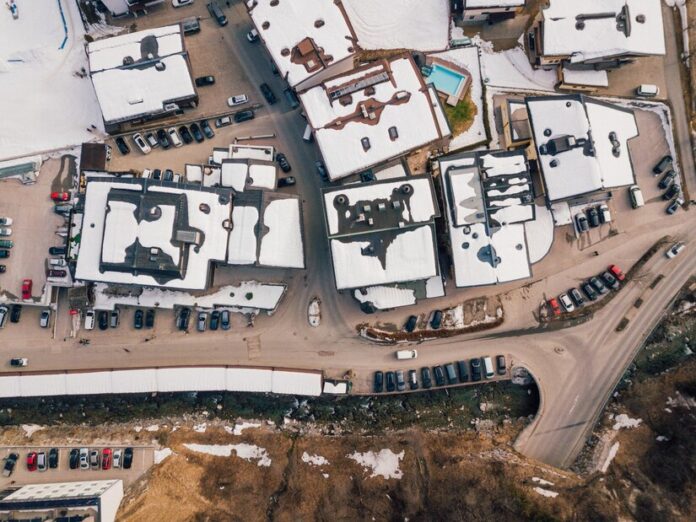Understanding FAR and Ground Coverage
If you own a 50-gaj plot in Delhi and are planning to build a house, the most crucial factor determining the permissible floor area is the Floor Area Ratio (FAR). It’s the ratio of the total floor area of a building to the size of the land plot on which it is built. Another important factor is the Ground Coverage, which is the percentage of the plot area covered by the building’s footprint.
FAR and Ground Coverage in Delhi
The FAR and Ground Coverage in Delhi vary depending on the zone in which your plot is located. Generally, for residential plots in Delhi, the FAR can range from 150 to 350, while the ground coverage is usually capped at 60%.
Calculating Buildable Area
To determine the maximum buildable area on your 50-gaj plot, you need to consider both FAR and ground coverage.
Convert Gaj to Square Meters: 1 Gaj is approximately equal to 33.11 square feet. Therefore, a 50-gaj plot is around 1655.5 square feet or 153.6 square meters.
Calculate Ground Coverage: If the maximum ground coverage is 60%, you can cover 60% of 153.6 square meters, which is approximately 92.16 square meters.
Determine FAR: The FAR applicable to your plot will depend on the specific zone. Let’s assume a FAR of 200 for this example.
Calculate Maximum Floor Area: With a FAR of 200, you can build a total floor area of 200 times the plot area. So, the maximum permissible floor area would be 200 * 153.6 = 30,720 square feet. However, this is the total floor area for all floors.
Considering Other Factors
While the above calculation provides a basic estimate, several other factors can influence the actual buildable area:
Number of Floors: The FAR allows you to build a certain total floor area, but it doesn’t dictate the number of floors. You can distribute this area across multiple floors as per your preference and building regulations.
Setbacks: You need to maintain specific setbacks from the plot boundaries as per the building bylaws. These setbacks reduce the available construction area.
Additional Regulations: There might be additional regulations, such as height restrictions, parking requirements, and green area provisions, which can further impact the buildable area.
Importance of Professional Advice
Given the complexities involved in construction and the specific regulations applicable to your plot, it’s highly recommended to consult an architect or a qualified building consultant. They can accurately assess your plot, understand the local building bylaws, and provide tailored advice on the maximum permissible floor area and optimal building design.
Disclaimer: The information provided in this article is a general overview and may not be applicable to specific cases. It’s essential to verify the exact FAR, ground coverage, and other regulations for your plot from the relevant authorities.
By following these guidelines and seeking professional advice, you can make informed decisions about building on your 50-gaj plot in Delhi.









